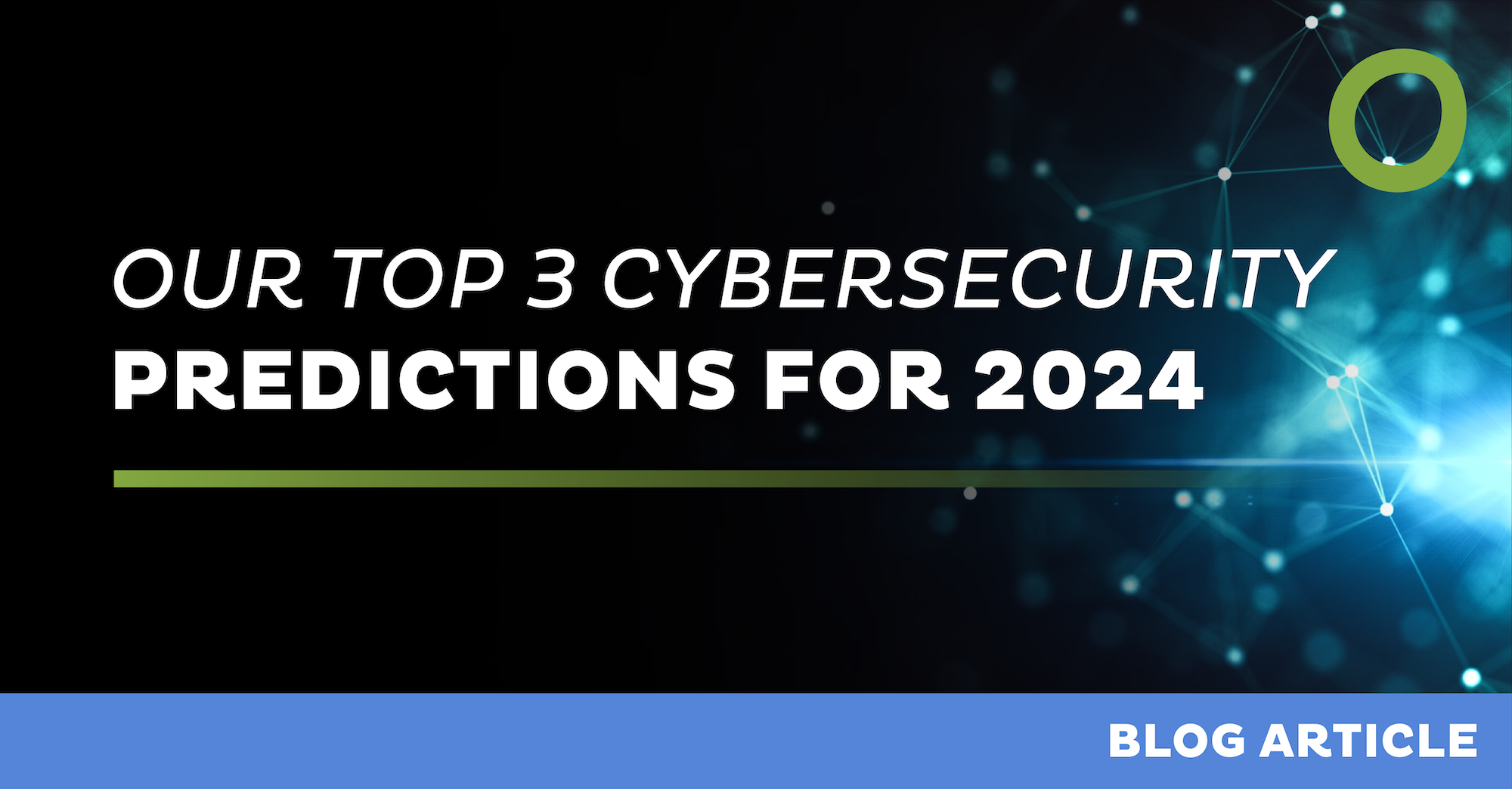Identify Deepfake Social Engineering Attacks and their potential risks.
Wiki Article
Future-Proof Your Organization: Trick Cybersecurity Forecasts You Required to Know
As businesses challenge the accelerating pace of digital transformation, understanding the evolving landscape of cybersecurity is important for long-lasting durability. Predictions suggest a significant uptick in AI-driven cyber threats, alongside heightened regulatory analysis and the vital change towards Absolutely no Trust fund Style. To successfully browse these difficulties, organizations must reassess their protection approaches and promote a culture of awareness amongst workers. Nevertheless, the implications of these adjustments expand beyond mere conformity; they might redefine the very structure of your functional safety and security. What steps should business take to not just adapt but grow in this new environment?Surge of AI-Driven Cyber Risks

Among one of the most worrying developments is using AI in developing deepfakes and phishing systems that are remarkably convincing. Cybercriminals can produce sound and video clip content, impersonating executives or trusted individuals, to control victims into revealing delicate info or accrediting illegal transactions. Additionally, AI-driven malware can adapt in real-time to evade detection by standard protection measures.
Organizations must recognize the urgent need to reinforce their cybersecurity frameworks to deal with these advancing dangers. This consists of investing in innovative risk discovery systems, cultivating a society of cybersecurity awareness, and implementing robust incident feedback strategies. As the landscape of cyber hazards changes, positive procedures end up being necessary for securing sensitive data and keeping organization stability in a progressively electronic world.
Raised Focus on Information Personal Privacy
How can companies efficiently browse the growing focus on data privacy in today's digital landscape? As governing frameworks progress and consumer expectations climb, companies have to prioritize durable data personal privacy strategies.Spending in staff member training is crucial, as staff understanding straight influences information protection. Additionally, leveraging technology to enhance data safety is necessary.
Cooperation with lawful and IT groups is essential to align data privacy initiatives with business objectives. Organizations should additionally involve with stakeholders, including customers, to communicate their dedication to information privacy transparently. By proactively dealing with data privacy concerns, businesses can build trust and enhance their reputation, inevitably adding to long-lasting success in a progressively scrutinized digital atmosphere.
The Change to No Count On Architecture
In response to the evolving hazard landscape, companies are progressively embracing Zero Trust Style (ZTA) as an essential cybersecurity strategy. This strategy is asserted on the principle of "never ever depend on, always verify," which mandates continual confirmation of user identifications, devices, and information, no matter of their location within or outside the network border.Transitioning to ZTA entails carrying out identity and accessibility management (IAM) remedies, micro-segmentation, and least-privilege gain access to controls. By granularly regulating access to resources, companies can reduce the threat of insider hazards and reduce the influence of external violations. ZTA encompasses durable surveillance and analytics capabilities, permitting organizations to discover and react to anomalies in real-time.
click for source

The change to ZTA is likewise fueled by the increasing fostering of cloud services and remote work, which have actually increased the attack surface (7 Cybersecurity Predictions for 2025). Traditional perimeter-based safety and security models want in this brand-new landscape, making ZTA a more resistant and flexible framework
As cyber risks remain to expand in class, the adoption of Absolutely no Depend on principles will certainly be essential for organizations seeking to protect their properties and preserve regulatory conformity while guaranteeing business connection in an unpredictable environment.
Regulative Modifications imminent

Approaching regulations are expected to attend to a variety of problems, consisting of data privacy, violation alert, and case reaction methods. The General Information Protection Guideline (GDPR) in Europe has actually set a precedent, and comparable structures are emerging in various other areas, such as the United States with the suggested government personal privacy laws. These policies usually impose strict charges for non-compliance, highlighting the demand for organizations to prioritize their cybersecurity steps.
Additionally, sectors such as money, healthcare, and vital facilities are likely to face much more rigid demands, reflecting the delicate nature of the information they handle. Compliance will certainly not merely be a lawful obligation but an important element of structure depend on with clients and stakeholders. Organizations needs to remain in advance of these modifications, incorporating governing needs right into their cybersecurity methods to make sure durability and safeguard their possessions efficiently.
Significance of Cybersecurity Training
Why is cybersecurity training a vital component of a company's defense strategy? In a period where cyber risks are increasingly innovative, organizations have to identify that their workers are frequently the initial line of defense. Effective cybersecurity training furnishes staff with the expertise to identify possible risks, such as phishing attacks, malware, and social design strategies.
By cultivating a culture of security recognition, organizations can dramatically decrease the threat of human error, which is a leading root cause of data violations. Regular training sessions make sure that employees remain educated regarding the current dangers and best methods, thus boosting their ability to respond suitably to incidents.
Furthermore, cybersecurity training advertises compliance with regulatory demands, reducing the threat of legal consequences and financial click site charges. It likewise encourages employees to take ownership of their function in the company's safety and security structure, causing a proactive as opposed to responsive strategy to cybersecurity.
Conclusion
To conclude, the advancing landscape of cybersecurity needs proactive steps to attend to arising threats. The rise of AI-driven assaults, combined with increased information personal privacy worries and the change to Absolutely no Trust Style, demands an extensive method to protection. Organizations must remain alert in adapting to regulative modifications while prioritizing cybersecurity training for personnel (cyber attacks). Emphasizing these strategies will certainly not just boost business durability but also safeguard delicate details versus a progressively advanced array of cyber threats.Report this wiki page